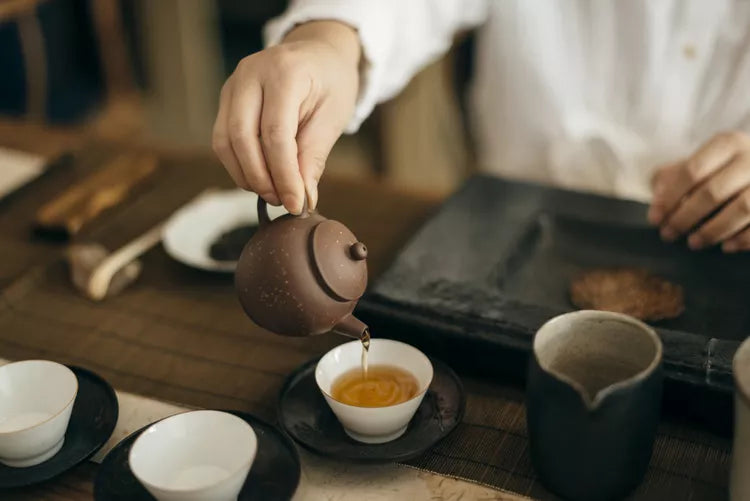
The History and Significance of Chinese Tea: A Journey Through Time
Share
Chinese tea has a history that spans over thousands of years, deeply intertwined with the nation’s culture, philosophy, and daily life. Legend has it that tea was first discovered by Emperor Shen Nong in 2737 BCE when a leaf from a wild tea plant fell into a pot of boiling water. This accidental discovery sparked a tea culture that would eventually spread across the globe.
The Role of Tea in Ancient China
In ancient China, tea was more than a refreshing beverage—it was a symbol of harmony, health, and spirituality. By the Tang Dynasty (618–907 CE), tea had become a cultural ritual, celebrated through art, literature, and philosophy. Tea ceremonies began to take shape, emphasizing mindfulness and respect, values that reflected Confucian, Taoist, and Buddhist teachings.
Evolution of Tea Drinking
As Chinese dynasties evolved, so did the methods of tea production and consumption. By the Song Dynasty (960–1279 CE), powdered tea became popular, and later in the Ming Dynasty (1368–1644 CE), steeping whole tea leaves emerged as the preferred method. Each era introduced innovations in tea preparation, yet the essence of tea remained a symbol of balance and refinement.
Tea Today
Today, tea remains a cornerstone of Chinese culture. Whether enjoyed in a formal tea house or as a daily ritual at home, the traditions and values of tea drinking continue to thrive. From high-end oolong teas to everyday green teas, the practice of tea drinking is still a cherished part of Chinese identity.
